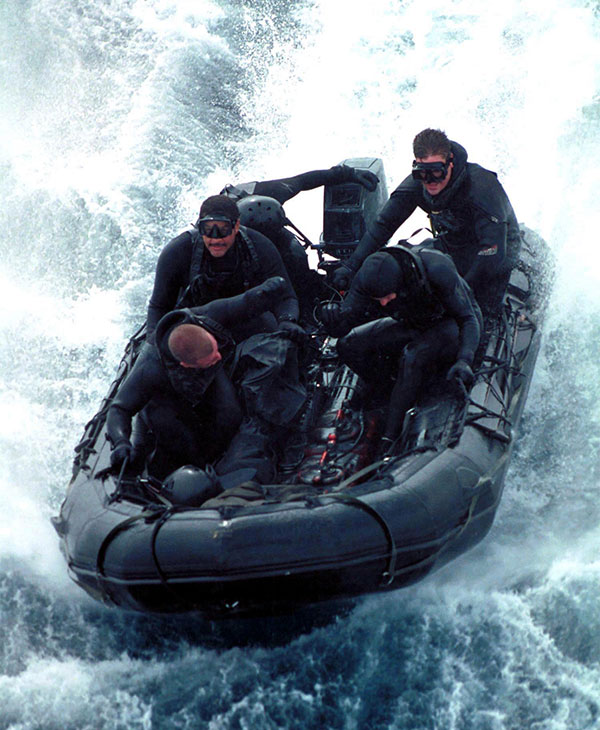Hey, future water adventurer!
It sounds like your family is about to embark on a super exciting water adventure! Getting your family involved in more paddling activities is definitely a great idea. Not only does it enhance family bonding, but it also allows you all to experience the wonders of nature.
When it comes to kayaks, I personally lean towards inflatable kayaks. Let me tell you why they are absolutely worth considering:
1. Excellent Portability: One of the biggest advantages of inflatable kayaks is their portability. They can be completely deflated and folded up to fit into a backpack or the trunk of a car, making them perfect for family outings. You don't have to worry about transportation issues—just inflate them when you reach your destination, and you're good to go.
2. Lightweight and Easy to Store: Inflatable kayaks are lightweight, making them easy for one adult to carry. After use, simply deflate, fold, and store them without taking up much space at home. This convenience is a major plus compared to traditional hardshell kayaks.
3. High Safety: Modern inflatable kayaks feature multiple air chambers, so even if one chamber leaks, the others can still provide buoyancy, ensuring safety. This gives you peace of mind during water activities, especially when traveling with kids.
4. High Comfort: The seats and hulls of inflatable kayaks are usually made from soft materials, making them very comfortable to sit in. Whether you're paddling for a short time or embarking on a long adventure, you can enjoy a high level of comfort.
5. Budget-Friendly: Compared to traditional hardshell kayaks, inflatable kayaks are generally more affordable. This means you can enjoy high-quality water activities without breaking the bank.
6. Durability: Don't be fooled by the fact that they're inflatable. Modern inflatable kayaks are made from high-strength PVC materials that are wear-resistant and durable. They can handle various water environments, whether it's a lake, river, or bay.
Speaking of which, I have to share a personal story. One weekend, my family and I decided to head to a lake we often visit. We packed our inflatable kayak easily into the car trunk. Once we arrived at the lake, it took us less than ten minutes to inflate the kayak and get it on the water. As we paddled, we enjoyed the fun of kayaking and even ventured close to a beautiful patch of water plants, where we were delighted to spot a few ducklings foraging. The kids were ecstatic, snapping photos to capture the moment. It was truly a wonderful and memorable time.
So, dear water adventurer, inflatable kayaks will bring endless fun and memories to your family. Whether you're into speed and excitement or prefer leisurely fishing and camping, inflatable kayaks can meet your needs. I hope your water adventure is filled with joy and surprises!
Cheers, and have a blast!
Warm regards from an enthusiastic inflatable kayak lover.
If you are interested in,you can check out
their official website.





